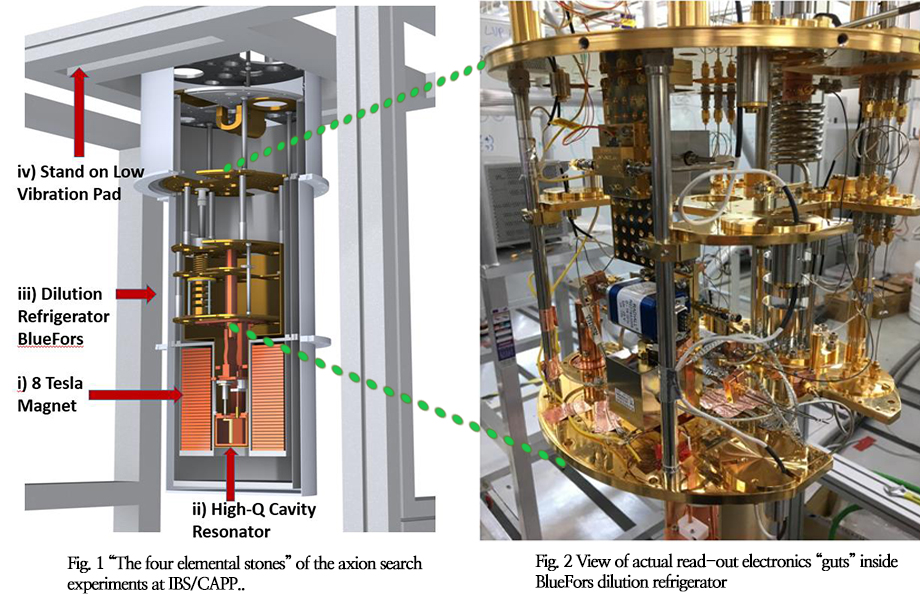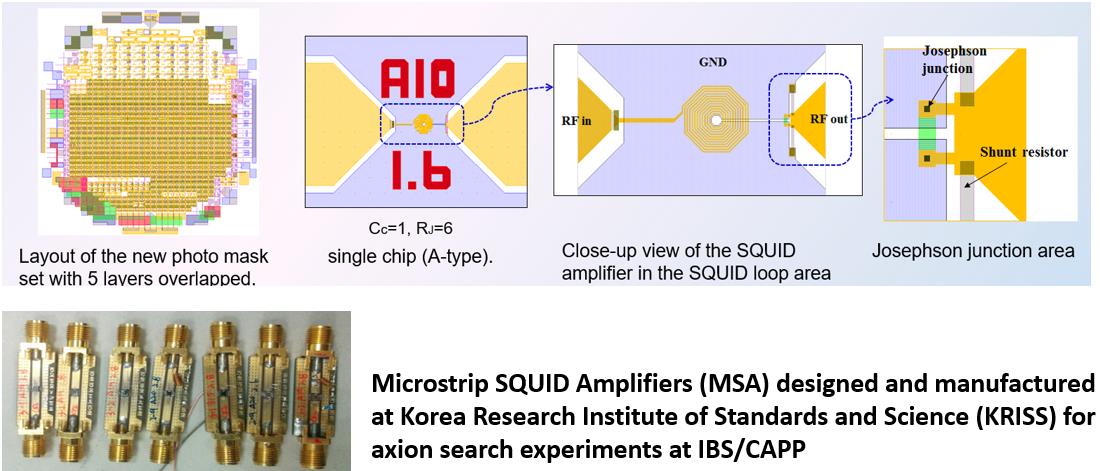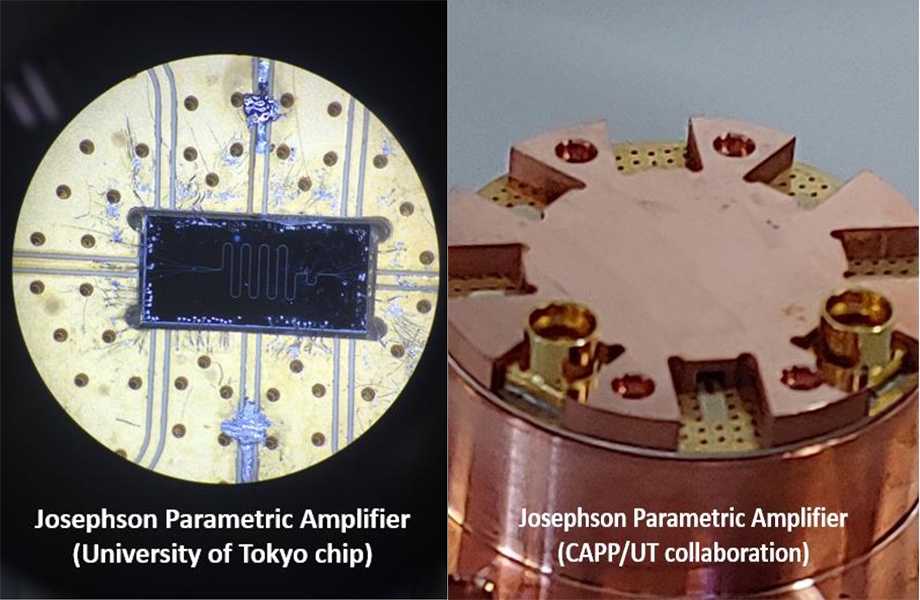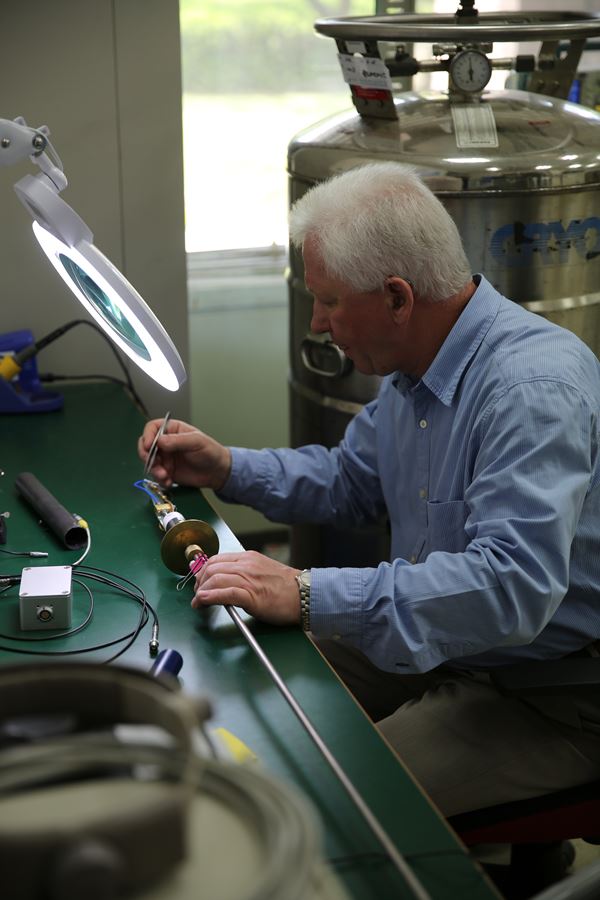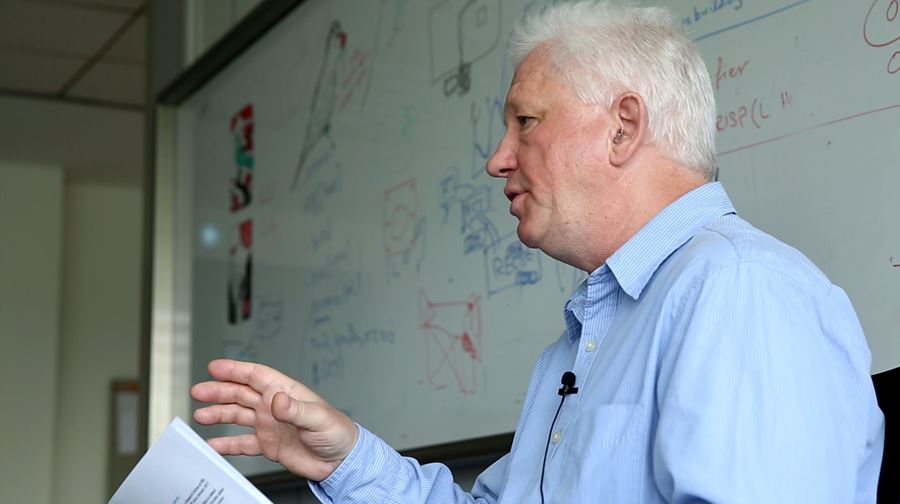주메뉴
- About IBS 연구원소개
-
Research Centers
연구단소개
- Research Outcomes
- Mathematics
- Physics
- Center for Underground Physics
- Center for Theoretical Physics of the Universe (Particle Theory and Cosmology Group)
- Center for Theoretical Physics of the Universe (Cosmology, Gravity and Astroparticle Physics Group)
- Dark Matter Axion Group
- Center for Artificial Low Dimensional Electronic Systems
- Center for Theoretical Physics of Complex Systems
- Center for Quantum Nanoscience
- Center for Exotic Nuclear Studies
- Center for Van der Waals Quantum Solids
- Center for Relativistic Laser Science
- Chemistry
- Life Sciences
- Earth Science
- Interdisciplinary
- Center for Neuroscience Imaging Research (Neuro Technology Group)
- Center for Neuroscience Imaging Research (Cognitive and Computational Neuroscience Group)
- Center for Algorithmic and Robotized Synthesis
- Center for Genome Engineering
- Center for Nanomedicine
- Center for Biomolecular and Cellular Structure
- Center for 2D Quantum Heterostructures
- Center for Quantum Conversion Research
- Institutes
- Korea Virus Research Institute
- News Center 뉴스 센터
- Career 인재초빙
- Living in Korea IBS School-UST
- IBS School 윤리경영


주메뉴
- About IBS
-
Research Centers
- Research Outcomes
- Mathematics
- Physics
- Center for Underground Physics
- Center for Theoretical Physics of the Universe (Particle Theory and Cosmology Group)
- Center for Theoretical Physics of the Universe (Cosmology, Gravity and Astroparticle Physics Group)
- Dark Matter Axion Group
- Center for Artificial Low Dimensional Electronic Systems
- Center for Theoretical Physics of Complex Systems
- Center for Quantum Nanoscience
- Center for Exotic Nuclear Studies
- Center for Van der Waals Quantum Solids
- Center for Relativistic Laser Science
- Chemistry
- Life Sciences
- Earth Science
- Interdisciplinary
- Center for Neuroscience Imaging Research (Neuro Technology Group)
- Center for Neuroscience Imaging Research (Cognitive and Computational Neuroscience Group)
- Center for Algorithmic and Robotized Synthesis
- Center for Genome Engineering
- Center for Nanomedicine
- Center for Biomolecular and Cellular Structure
- Center for 2D Quantum Heterostructures
- Center for Quantum Conversion Research
- Institutes
- Korea Virus Research Institute
- News Center
- Career
- Living in Korea
- IBS School
News Center
| Title | SQUIDs, “the fifth element” for axion search experiments | ||||
|---|---|---|---|---|---|
| Name | 전체관리자 | Registration Date | 2019-06-24 | Hits | 6327 |
| att. |
 thumb.jpg
thumb.jpg
|
||||
SQUIDs, “the fifth element” for axion search experiments.- This highly precise magnetometer can detect as subtle signal as power that reaches Mars from a cellphone located on Earth. - In the 1997 science fiction movie “The Fifth Element”, the four elemental stone can exert its full potential only when it is put together with the fifth element in defeating the Great Evil. Dr. Andrei N. Matlashov at the IBS Center for Axion and Precision Physics Research describes superconducting quantum interference devices or SQUIDs amplifiers as “the fifth element” in the axion search story.
Being a long-standing candidate for dark matter, axions are thought to be drifting around everywhere around us. Though they play hard to catch for having almost no interaction with regular matter, axions are predicted to interact with electricity and magnetism. Thus began a new chapter in the search for axions. Like tuning the knob of the radio to look for a radio station, scientists test different frequencies and listen to find the axion signal frequency. In specifically designed experiments, axions can be detected as microwave photons inside a microwave cavity resonator immersed in a very strong magnetic field. What completes the axion search experiments.Dr. Andrei N. Matlashov designs and builds SQUID-based instruments at the IBS Center for Axion and Precision Physics Research in cooperation with KRISS and other institutions. Cooled to a few degrees just above absolute zero, SQUIDs can detect a magnetic field generated by the human brain. Measuring such weak magnetic fields, SQUID is a useful tool for many fields, including fundamental physics, geophysical and archeological surveys and nondestructive evaluation of materials and components etc. And also detecting microwave signals from axions with intrinsic noise level close or even below the Standard Quantum Limit. Axions release very small power in the cavity resonator, 10-24 Watts. It is how much power reaches Mars from a cellphone located on Earth. SQUIDs enable the axion experiments to reach unprecedented sensitivity. Dr. Matlashov says, “I would call SQUIDs “The Fifth Element” in our axion detection story. SQUIDs will complete our mission by working together with four other elements.” The four other elements comprise: i) very strong magnetic field inside ii) a high-Q microwave cavity that accelerates the dark matter axions to decay through the inverse Primakoff effect and iii) everything should be placed at ultra-low temperature very close to absolute zero as this environment minimizes thermal noise of all components and also iv) it all needs to be very well shielded and installed in very low vibration place to block all kinds of external ambient noises.
For instance, in recent IBS/CAPP axion search experiments 8 Tesla magnetic field was used inside a microwave cavity with quality factor above 100,000. The micro cavity was placed inside a dilution refrigerator with temperature 0.04 K. This experiment is set up in a specially designed and built building with low-vibration pad installed. Early experiments used a semiconductor amplifier with noise temperature 1.5 K. SQUID-based microwave amplifier lowered this noise temperature at least 5-fold, which will make scanning speed 25 times faster! It is like one day instead of a month or one month instead of two years. SQUID is the love of my lifeOn the New Year’s Eve of 1969, a MIT experiment team first detected magnetic signals from a human heart. Then was born Biomagnetism. This highly precise magnetometer has been used for imaging many other human and animals body parts such as the brain, the muscles, the neuronal axons etc. Dr. Matlashov first met SQUIDs in 1982 during his work at Kotelnikov Institute of Radio Engineering and Electronics (IREE) in Moscow. Since then, he has been keeping his long-time affair with SQUIDs till now. Indeed Dr. Matlashov worked in Biomagnetism during 34 years from 1982 to 1994 in Moscow and from 1994 to 2016 in USA. He joined Los Alamos National Laboratory (LANL) in 1997 and participated in designing many SQUID-based instruments during almost 20-year career there. To name a few, his achievements include the whole-head 164-channel Magneto-Encephalograph (MEG) system and the world’s first multichannel system for Ultra-Low Field Magnetic Resonance Imaging (ULF MRI). He also participated in SQUID sensor system development for neutron EDM experiment at LANL.
“I wanted to find a new exciting place, where researchers still need SQUIDs and my knowledge and expertise in SQUIDs can be used. SQUIDs can make a difference in the discovery of axions and therefore it would be worth coming to Korea!” explains Dr. Matlashov for taking a new course in his research track, searching for axions at IBS/CAPP. In areas like Biomagetism and axion search experiments, we cannot do measurement without SQUIDs. CAPP went through many experiments with so called Microstrip SQUID amplifiers or MSAs and then recently started working with Josephson Parametric Amplifiers or JPAs. MSAs work as linear microwave amplifiers and need dc current bias that dissipate some heat. This heat dissipation can become a problem when MSAs are thermalized at temperature well below 1 K. JPAs don’t have such heating problem because a JPA works as a parametric amplifier with one or many SQUIDs used as nonlinear inductances embedded in a microwave planar resonator and pumped with very low power microwave signal. Intrinsic noise of JPA can be not only close to the Standard Quantum Limit but can go even below it using so called “noise squeezing” technique.
While continuing to work on resonant MSAs from KRISS and new wideband MSAs from Germany (IPHT, Jena), Dr. Matlashov with CAPP colleagues has been concentrating more efforts toward JPAs development in collaboration with professor’s Nakamura group in University of Tokyo. “As I see right now, MSAs and JPAs cannot be replaced with something else in frequency range from 0.5 GHz (500 MHz) to about 5 GHz, or even probably to 10 GHz. At around and above 10 GHz we are thinking of using in the future so called microwave quanta counters,” says Dr. Matlashov. SQUID enables Big Science from the brain to the universeThe Axion Dark Matter Experiment (ADMX), which is managed by the U.S. Department of Energy and located at University of Washington in Seattle, is a leading research group in axion experiments in the world. It was started about three decades ago. Dr. Matlashov says, “We are probably a little bit behind the ADMX team. However, just into the fifth year of operation, we have been growing at a much faster speed and will maintain such a strong momentum for coming years. We have accomplished all our technical challenges and when all is put together we should be dominating the field for at least ten years.” He is seeing his last chance in Big Science at CAPP waiting for the day to declare the discovery of K-axions.
Dahee Carol Kim |
|||||
| Next | |
|---|---|
| before |
- Content Manager
- Public Relations Team : Yim Ji Yeob 042-878-8173
- Last Update 2023-11-28 14:20










![[Video on Youtube] Andrei N. Matlashov of the IBS Center for Axion and Precision Physics Research (CAPP)](https://www.ibs.re.kr:443/dext5data/2019/06/20190625_092344942_63836.jpg)
